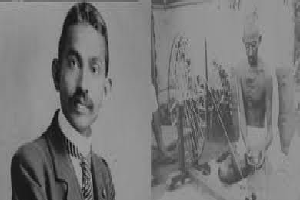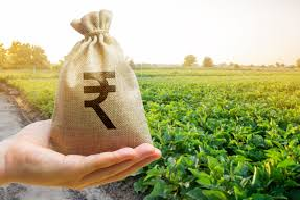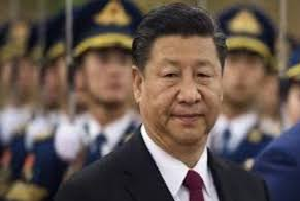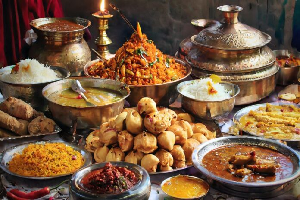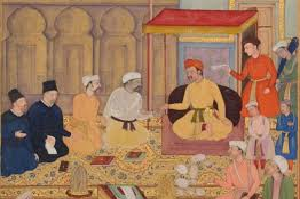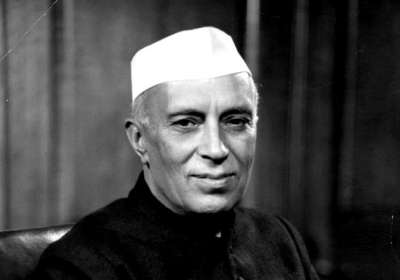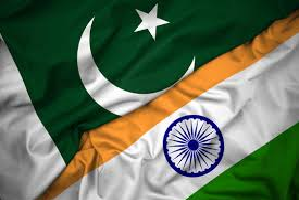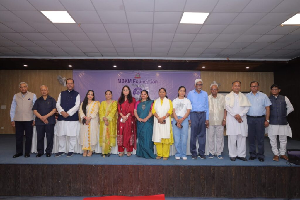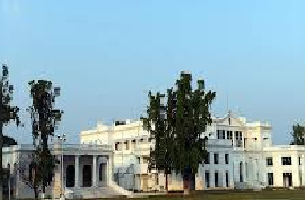22

Rajeev Mathur
New Delhi | Monday | 22 July 2024
The Indian Mango, the pick of the kings and nobles, and relish of rich and poor alike, is the distinction of being a blessed fruit It is said to be everybody’s fruit and free food as per the laws of nature. Nature has doubly blessed the mango by causing the mango tree to yield its fruit during the hot season when other fruits are scarce.
For its beauty and rich flavour it is becoming popular the world over. Fresh mangoes are flown from India to many parts of the world for the table of the connoisseur.
The mango is lovely to look at. Its peculiar beak and smooth rounded surface painted in a variety of hues seldom fail to attract attention. Down centuries a great deal more has been written in favour of the luscious mango than any other Indian fruit. It has been the favourite of Indian poets. The tree is the abode of the cuckoo and of Kamadeva, the God of Love The tree has been a place of repose of the Buddha. Amir Khusro sang praises of the mango and said that while other fruits are edible only when ripe, the mango is good at every growth stage. He called it the pride of the garden, the choicest fruit of Hindusthan. Aeena-i-Akbari contains a lot about the fruit, its qualities and features.
An Iranian traveller, while recounting the wonders of India, was asked by his sovereign to describe the taste of the mango. “It is the fruit of heaven and its taste is beyond description” replied the traveller. Suddenly, he had a brain wave. He smeared the snow-white bread of taste, “If Your Majesty deigns to taste the honey on the bread you will get an idea of the taste of mango.”
During summer, the markets are filled to overflow with this delicious fruit. It has been estimated that India annually produces about two million tons of mangoes and there are about one thousand varieties of the fruit. Indian mangoes are superior to those grown in any other part of the world. Chief among the varieties of the fruit is Alphonso Dusehri, Fazli, Langra, Bombay Green, Totapari, Benganpalli, Neelam, Safeda, Fajri, Chausa, Pairi, Fernandin, Mulgoa, Mundappa, Paidiri and Rumani. Each of these has its distinctive taste and flavour. Opinions differ as to the merits of the different varieties, but the Alphonso of Bombay and the Langra of Banaras are perhaps the most renowned, with dusehri a loose mial
Alexander and his army found the mango in the Indus Valley in 327 B.C. They were, probably, the first Europeans ever to see this fruit. With the beginning of maritime commerce between the Orient and the countries of the West, the fruit became known in the Occident. The Portuguese, perhaps, carried it from Goa to East Africa in the 16th century. Thence it was sent to West Africa and the adjacent islands, and subsequently to Brazil.
From time immemorial, it has been mainly propagated by seed-sowing. Grafting on seedlings is a relatively recent process, probably introduced by the Portuguese. Many of the popular varieties are the result of a determined and relentless drive by the Moghul emperors of India to improve the quality of fruit. It was a mere five centuries ago that Mughal patronage launched our national fruit Emperor Akbar was so fond of mangoes that he had about a hundred thousand of mangoes that he had about a hundred thousand mango trees planted in the Lakh Bagh of Darbhanga, in northern Bihar.
Like the mango motif in Indian textiles, the mango theme recurs in ancient Sanskrit literature. The motif itself appears in the 100 BC sculptures of Bharhut, and again in the famous Ajanta frescoes.
A research study by Dr. S.K.Mukherjee, of the Indian Agricultural Research Institute, Head of the Institute’s Horiculture Division, has shown that the first mango grew in the dense forests of the Indo-Burmese border, Hieuen T’sang was the first person to carry the mango out of the Indian sub-continent in the seventh century, and that the Indian monks voyaging to Malaya to win converts for Buddhism won converts for mangoes as well. Ibn Battuta may have taken a mango or two home with him 700 years later, but it was 15th century that the Portuguese took it from Goa into Africa, and Brazil, from where it spread northwards and into the West Indies.
The economic value of the mango is high. No part of it is wasted. First, the fruit is used when it is unripe. Chutneys, tarts, jellies and pickles are made from unripe fruit. The dried juice of the ripe fruit, known as Amawat is a favorite with children. A delicious drink (sweetened or salted) prepared from baked-free mangoes is an antidote for sunstroke. Mango squashes are used as a drink and mango pulp as a flavouring material for ice creams. Mango leaves are used for decoration on such special occasions as marriages and religious ceremonies.
Every part of this multipurpose tree has some use or other for us. Mango blossoms are a delicacy for the Siamese palate. The Javanese relish the young purple-brown leaves with rice. They prepare porridge from the flour of the stone and take it coconut milk. They also make a side dish from the kernel. The kernel is a rich source of starch and has many uses in industry.
Mango contains vitamins A (Carotene) and C. It is a rich source of carotene which grows as it ripens.
It contains a fair amount of sugar when ripe and is a good source of mineral salts. Amchur, a product of unripe mango, contains citric acid and is very efficacious for the treatment of security.






